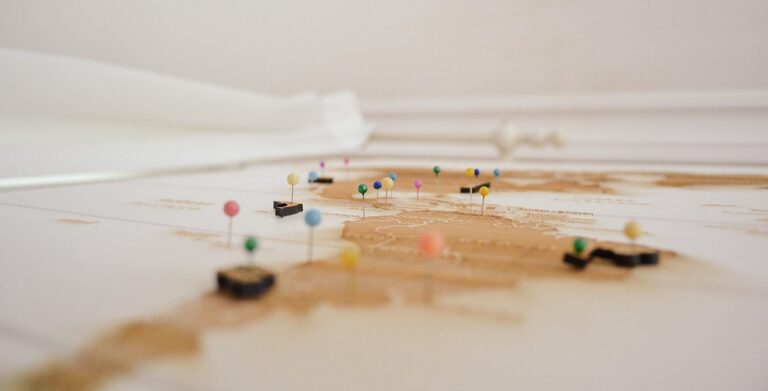The Psychology of Souvenirs: Why We Collect Mementos from Our Travels
The act of collecting souvenirs serves as a tangible reminder of our travel experiences, allowing us to hold onto moments that may otherwise fade in our memories. By possessing these physical mementos, we are able to revisit and relive the emotions and adventures associated with each trip. Souvenirs, whether they be keychains, postcards, or local handicrafts, become symbols of the places we have visited, acting as triggers for the recollection of significant events and encounters during our journeys.
Furthermore, the act of souvenir collecting satisfies our innate desire to create a connection with the places we have visited. By acquiring these keepsakes, we are forging a link between ourselves and the destinations we have explored, establishing a sense of ownership and attachment to the experiences we have had. This connection often extends beyond the physical object itself, encompassing the feelings and memories associated with the time spent in a particular location.
The Emotional Connection to Travel Keepsakes
Memories of a distant land or a cherished journey can fade with time, but the tangible keepsakes we collect along the way serve as poignant reminders of our adventures. These physical mementos capture a moment in time, encapsulating the sights, sounds, and emotions we experienced during our travels. From postcards and keychains to handmade crafts and local delicacies, each souvenir holds a special significance, triggering a flood of memories and emotions whenever we gaze upon them.
The act of collecting travel keepsakes is deeply rooted in our human desire to hold onto fleeting moments and preserve cherished memories. These souvenirs serve as anchors to our past, offering a sense of continuity and connection to the places we’ve visited and the experiences we’ve had. The emotional attachment we form with these keepsakes transcends their material value, as they become powerful symbols of our personal journeys and the stories that define us.
The Role of Memory and Nostalgia in Souvenir Collecting
Souvenirs are more than just trinkets or keepsakes; they hold a significant emotional value for many individuals. The act of collecting souvenirs is often deeply intertwined with the desire to preserve memories and create a sense of nostalgia. These tangible objects serve as reminders of our past experiences and adventures, evoking a range of emotions that tie us back to those moments in time.
Memory plays a crucial role in the allure of souvenir collecting. By acquiring a physical memento from a particular destination, individuals create a lasting connection to that place and the memories associated with it. The sentimentality attached to these keepsakes triggers a sense of nostalgia, transporting individuals back to the sights, sounds, and feelings they experienced while traveling. Ultimately, souvenir collecting becomes a way to prolong the joy and excitement of past travels, allowing individuals to relive those cherished memories time and time again.
Why do people feel compelled to collect souvenirs?
People collect souvenirs as a way to remember and commemorate their travels and experiences. Souvenirs serve as tangible reminders of special moments and places visited.
What is the emotional connection to travel keepsakes?
Travel keepsakes hold sentimental value as they are often linked to cherished memories and experiences. They serve as triggers for nostalgia and can evoke feelings of happiness and nostalgia.
How does memory play a role in souvenir collecting?
Memory plays a crucial role in souvenir collecting as people often seek to preserve and relive their travel memories through tangible keepsakes. Souvenirs serve as physical representations of past experiences and help in creating a connection to those memories.





